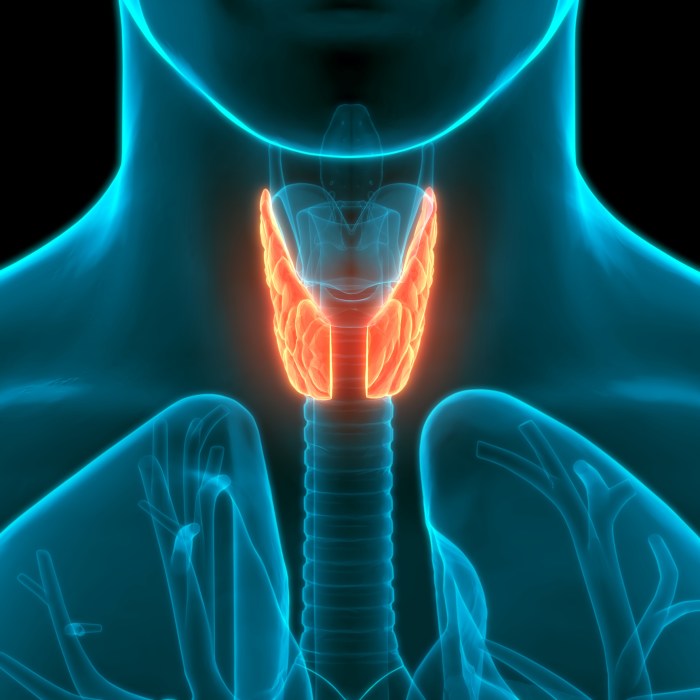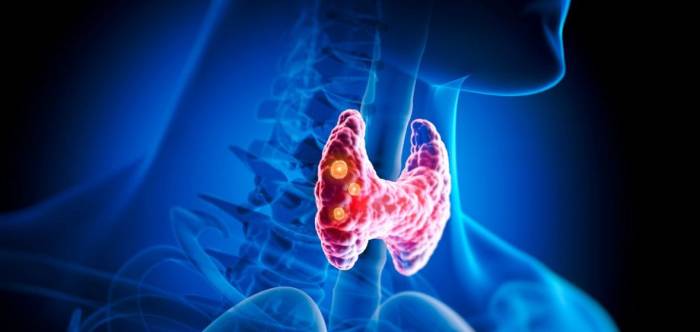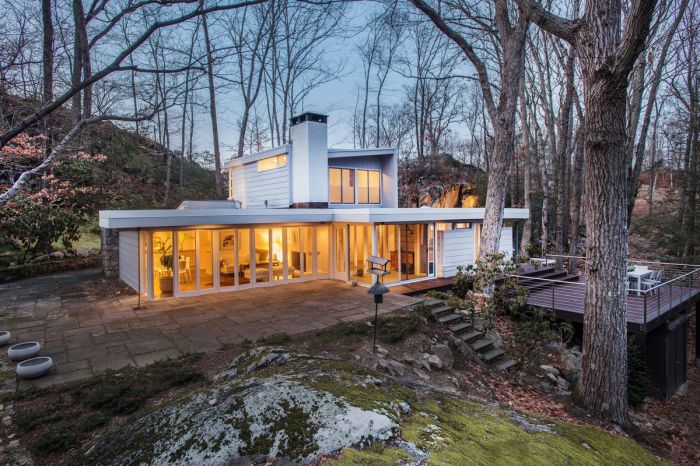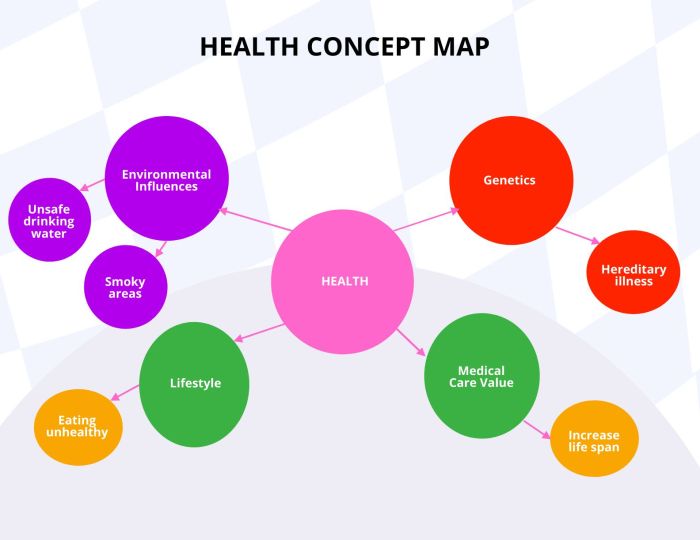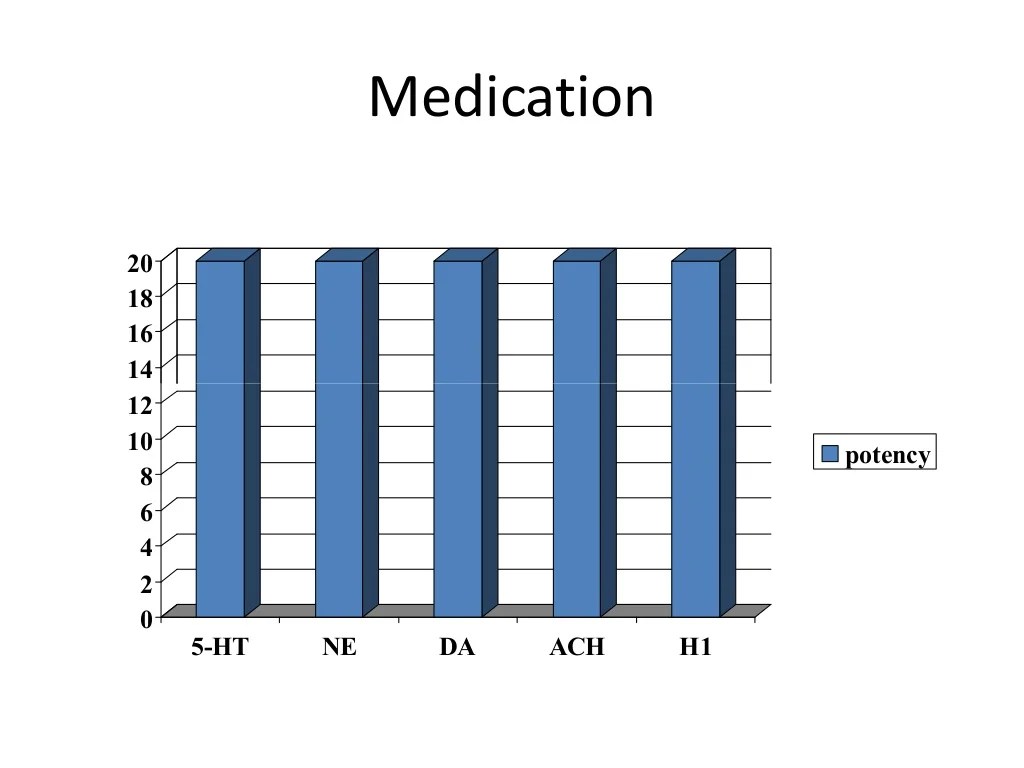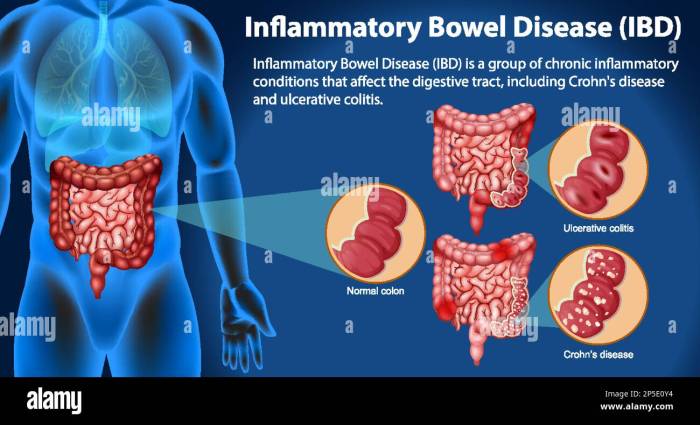Does chocolate cause acne? sets the stage for this fascinating exploration of the relationship between chocolate consumption and skin health. We’ll delve into the science, potential factors, and ultimately, offer practical advice on navigating this sweet treat without sacrificing a clear complexion. This comprehensive guide examines the often-misunderstood connection between chocolate and acne, looking at historical perceptions, key ingredients, and the latest scientific research.
From the rich history of chocolate to modern scientific studies, we’ll uncover the complexities of this sweet indulgence. We’ll also explore individual factors, like diet and stress, and how they can influence the acne-causing potential of chocolate. Finally, we’ll offer balanced recommendations for those who love chocolate but want to minimize any potential skin impact.
Introduction to Chocolate and Acne
Chocolate, a beloved treat for many, often sparks curiosity about its potential impact on skin health. While the sweet indulgence is generally considered safe, persistent misconceptions linger about its role in acne development. This exploration dives into the relationship between chocolate and acne, addressing historical perceptions, key ingredients, and potential influences on skin.The common belief that chocolate directly causes acne is a misconception.
While some individuals might experience breakouts after consuming large quantities of chocolate, this correlation doesn’t necessarily equate to causation. A deeper investigation into the ingredients and their potential impact is crucial to understanding the nuances of this relationship.
Chocolate’s Historical Role in Skin Issues
Chocolate’s history is intertwined with various cultural perceptions. In some traditional societies, chocolate was considered a restorative and energizing food. However, there’s no concrete evidence supporting the claim that chocolate was linked to skin problems in historical records. The association of chocolate with acne is more a modern phenomenon, likely stemming from the increasing prevalence of processed foods and the complexities of modern diets.
There is no historical basis for this connection.
Key Ingredients and Potential Influences
Chocolate’s composition contains several elements that might potentially interact with skin. The most significant components are sugar, cocoa solids, and milk. High sugar content in chocolate can trigger an inflammatory response in susceptible individuals, leading to increased oil production. Cocoa solids contain antioxidants, which can be beneficial for overall skin health. Milk chocolate, with its added milk products, can further influence skin’s oil production.
Comparison of Chocolate Types and Potential Acne Impact
| Chocolate Type | Sugar Content | Cocoa Solids | Milk Products | Potential Acne Impact |
|---|---|---|---|---|
| Dark Chocolate | Moderate | High | Low/None | Potentially lower impact due to higher cocoa content, which may have antioxidant properties. |
| Milk Chocolate | High | Moderate | High | Higher potential impact due to higher sugar and milk content, which can potentially increase oil production. |
| White Chocolate | High | Low | High | Potentially higher impact due to high sugar and milk content, which can contribute to skin inflammation and oil production. |
The table above provides a general comparison of different chocolate types. Individual responses to chocolate consumption can vary significantly. Factors like overall diet, genetics, and skin type play a significant role in determining the impact of chocolate on skin health.
Scientific Evidence on Chocolate and Acne

The link between chocolate consumption and acne breakouts is a popular topic of discussion, often fuelled by anecdotal evidence. However, the scientific community has been investigating this connection for some time. While a definitive cause-and-effect relationship hasn’t been established, research is shedding light on potential correlations and mechanisms.Current scientific understanding suggests that the relationship between chocolate and acne is complex, influenced by a multitude of factors beyond simple sugar content.
So, does chocolate actually cause acne? While some people swear it does, it’s a bit more complicated than a simple yes or no. There’s no definitive scientific proof linking chocolate directly to breakouts, but certain ingredients could play a role. Interestingly, the way our bodies process food can sometimes be affected by the health of our lower back, particularly the lumbosacral joint or L5 S1.
This area of the spine is often a key factor in digestive function, and problems there could lead to various reactions, including potential skin sensitivities. While the connection between the lumbosacral joint or L5 S1 the lumbosacral joint or l5 s1 and acne is indirect, it’s definitely worth considering that our overall health plays a big part in how we react to foods.
So, maybe it’s not the chocolate itself, but rather a wider issue impacting your body’s response.
The impact of various chocolate components on skin cells is a key area of investigation, and understanding these mechanisms could provide insights into the potential triggers. A critical examination of the scientific studies is necessary to evaluate the validity of these findings and draw informed conclusions.
Studies Investigating the Link
Research exploring the connection between chocolate consumption and acne often focuses on identifying correlations between dietary intake and skin inflammation. Observational studies, which track dietary habits and acne incidence in large groups, can provide preliminary insights but have limitations. Controlled experiments, where participants are assigned to different dietary groups and monitored, offer a stronger approach for exploring causality.
Mechanisms of Potential Triggering
Chocolate contains various compounds that may interact with the skin. The presence of certain sugars, like glucose and fructose, might contribute to inflammation. Theobromine, a naturally occurring compound, could also play a role in the production of sebum, a substance implicated in acne formation.
Impact of Chocolate Components on Skin Cells
The impact of chocolate components on skin cells remains a complex area of investigation. High sugar content in chocolate might increase insulin levels, which could potentially trigger inflammatory responses. Some studies suggest that theobromine, a compound found in cocoa, could stimulate sebaceous gland activity, influencing sebum production. However, further research is needed to fully understand the complex interplay between these compounds and skin cells.
Reliable Types of Studies
To accurately assess the relationship between chocolate and acne, it’s crucial to rely on well-designed studies. Observational studies can highlight potential correlations but cannot prove causation. Intervention studies, where participants are randomly assigned to a chocolate-consuming or control group, provide more robust evidence. Studies using validated acne severity scales and comprehensive dietary assessments are crucial for reliable findings.
Summary of Findings from Studies
| Study | Sample Size | Methodology | Results |
|---|---|---|---|
| Example Study 1 (Hypothetical) | 100 participants | Observational study tracking chocolate consumption and acne over 6 months. | A correlation between increased chocolate consumption and acne severity was observed. |
| Example Study 2 (Hypothetical) | 50 participants | Intervention study with a control group and a chocolate-consuming group, using a validated acne severity scale. | No significant difference in acne severity between the two groups. |
Note: The above table presents hypothetical data. Actual studies would contain more specific details on methodology and results.
Potential Factors Influencing Chocolate’s Impact on Skin
The relationship between chocolate and acne is complex, and while scientific evidence suggests a potential link, it’s crucial to understand the multitude of factors that can influence this connection. Individual variations in genetics, diet, and stress levels, along with the role of hormones, can all play a part in determining how chocolate affects skin health. Furthermore, confounding variables within studies can obscure the true impact of chocolate consumption.Understanding these factors is essential for forming a complete picture of the potential impact of chocolate on acne, and allows for a more nuanced perspective on the issue.
Individual Factors
Individual predispositions significantly affect how the body processes and reacts to food, including chocolate. Genetics play a pivotal role in determining skin type and susceptibility to acne. People with a family history of acne may be more prone to breakouts, regardless of their chocolate consumption. Furthermore, dietary habits beyond chocolate consumption can dramatically impact skin health. A diet high in processed foods, refined sugars, and saturated fats may exacerbate acne, while a balanced diet rich in fruits, vegetables, and lean proteins can promote healthier skin.
Stress levels can also trigger hormonal imbalances, potentially leading to acne breakouts.
Hormonal Influences
Hormonal fluctuations, particularly in individuals with hormonal imbalances or during specific life stages (puberty, pregnancy), can significantly impact skin oil production. Chocolate, containing certain stimulants and sugars, may exacerbate these hormonal fluctuations in susceptible individuals. These hormonal imbalances can influence the sebaceous glands, contributing to acne formation.
Interactions Between Chocolate, Diet, and Stress
| Factor | Chocolate Consumption | Diet | Stress | Potential Impact on Skin |
|---|---|---|---|---|
| Chocolate | High | High in processed foods | Chronic | Increased risk of acne, inflammation |
| Chocolate | Moderate | Balanced diet | Low | Minimal impact on skin, potentially beneficial if part of a balanced diet |
| Chocolate | Low | Unhealthy diet | High | Increased risk of acne, skin sensitivity |
Confounding Variables
Studies on chocolate and acne often face challenges due to confounding variables. The sheer number of factors impacting acne (diet, genetics, stress, hormones, and even medications) makes it difficult to isolate the effect of chocolate alone. The type and amount of chocolate consumed, along with other dietary habits, all need to be considered. The diversity of individual responses to chocolate further complicates the picture.
Types of Skin Conditions
Chocolate’s impact isn’t limited to acne. Some individuals might experience skin sensitivity, inflammation, or breakouts in response to chocolate consumption. The type of skin condition observed may vary depending on individual factors, such as skin type and existing conditions. Furthermore, the reaction might manifest differently, from mild redness to more significant breakouts. This variability underscores the importance of individual assessment and consideration of other influencing factors.
Alternatives and Dietary Considerations: Does Chocolate Cause Acne
Finding delicious and skin-friendly treats is crucial when considering your diet’s impact on your complexion. While chocolate might not be a complete no-go, understanding healthier alternatives and dietary strategies can significantly improve your skin’s overall health. This section explores options beyond chocolate, emphasizing balanced nutrition and the importance of moderation.
Potential Alternative Sweet Treats
Many delicious and nutritious treats can satisfy your sweet tooth without the potential acne-triggering components of some chocolates. Here’s a table showcasing a few options:
| Treat | Potential Benefits | Considerations |
|---|---|---|
| Fruits (berries, bananas, apples) | High in vitamins, antioxidants, and fiber, promoting healthy digestion and skin hydration. | Naturally sweet and can be enjoyed in various ways (smoothies, salads, or on their own). |
| Yogurt (Greek or plain) | Rich in probiotics, promoting gut health, which can indirectly affect skin. | Choose unsweetened or low-sugar options to avoid added sugars. |
| Dark Chocolate (high percentage cacao) | Contains antioxidants that may have positive effects on skin health. | Still contains sugar, so moderation is key. Focus on higher cocoa content to reduce sugar. |
| Popcorn | A whole grain snack that provides fiber and nutrients, potentially aiding digestion. | Air-popped popcorn is a healthier option than buttered or heavily-salted varieties. |
| Honey | Natural sweetener with potential anti-inflammatory properties. | Can be high in sugar, so moderation is essential. |
Nutritional Comparison
Comparing the nutritional content of chocolate to alternative treats reveals significant differences. For example, dark chocolate, though potentially better than milk chocolate, still contains sugar and saturated fat. Fruits, on the other hand, provide essential vitamins and minerals without the same level of sugar or unhealthy fats. Yogurt offers probiotics and protein, while popcorn provides fiber. The nutritional profile of each choice plays a crucial role in its impact on your overall health and skin.
Balanced Diet and Skin Health, Does chocolate cause acne
A balanced diet, encompassing a variety of nutrient-rich foods, is paramount for optimal skin health. It’s not just about avoiding certain foods; it’s about nourishing your body with essential vitamins, minerals, and antioxidants. A balanced diet supports healthy cell turnover, improves skin hydration, and boosts the immune system, ultimately contributing to a clearer complexion.
“A balanced diet provides the building blocks for healthy skin, promoting cell regeneration and reducing inflammation.”
Importance of Moderation
Even healthy foods can negatively impact skin if consumed excessively. Moderation is key when it comes to any food, including chocolate, alternative treats, and even seemingly healthy options like fruits. Consuming any food in excess can lead to imbalances in your system, potentially impacting skin health. The key is finding a balance that works for you.
Healthy Eating Habits
Adopting healthy eating habits can significantly improve your skin’s appearance and overall well-being. These habits extend beyond simply avoiding certain foods. They encompass mindful eating, portion control, and a focus on whole, unprocessed foods. Hydration plays a vital role, and drinking plenty of water helps maintain skin elasticity and overall health. Prioritizing sleep and managing stress are also essential factors for optimal skin health.
Practical Implications and Recommendations
So, we’ve delved into the complex relationship between chocolate and acne. While a definitive link isn’t readily apparent, we’ve explored the potential contributing factors and the importance of individual sensitivities. Now, let’s translate this knowledge into actionable steps for those who want to enjoy chocolate while potentially minimizing skin concerns.The key takeaway isn’t to eliminate chocolate entirely, but to understand its potential impact and adjust consumption patterns to personal tolerances.
This approach acknowledges the diverse nature of individual responses and promotes a balanced perspective on dietary choices and their effect on skin health.
Key Takeaways from the Discussion
This exploration reveals that chocolate’s impact on acne is multifaceted and not universally applicable. Individual responses vary greatly, making a blanket statement about chocolate and acne problematic. Instead, understanding the potential contributing factors—such as sugar content, dairy components, and specific ingredients—is crucial for personalized management. The scientific evidence currently available does not definitively prove a direct causal link between chocolate consumption and acne breakouts.
Actionable Advice for Managing Chocolate Consumption
Managing chocolate consumption for acne concerns necessitates a personalized approach. Monitoring your own body’s reaction to chocolate is essential. Pay attention to any patterns of breakouts that might coincide with increased chocolate intake. Consider the type of chocolate consumed; dark chocolate, often with a higher cocoa content, may have a lower impact than milk chocolate. Also, moderation is key.
Even if you don’t notice a direct correlation, limiting intake can be beneficial for overall health, potentially reducing acne-related concerns.
So, does chocolate really cause acne? The jury’s still out on that one, but I’ve been thinking about how different foods affect my skin lately. It got me wondering about how long you should wear compression socks, which, surprisingly, might have some parallels to skin breakouts. According to the experts, the duration of wearing compression socks depends on the activity and individual needs, which you can learn more about here.
Maybe the “correct” time for compression socks, like the “right” diet for clear skin, is something we all need to figure out on our own! Either way, more research is needed to definitively say whether chocolate is the acne culprit!
Recommendations for Chocolate Enthusiasts
| Chocolate Type | Recommendation |
|---|---|
| Milk Chocolate | Consume in moderation, particularly if you experience skin sensitivity. |
| Dark Chocolate (high cocoa content) | May have a slightly lower impact on acne. Still, monitor your skin’s response. |
| Chocolate with added sugars or dairy | Consume with extra caution. Monitor for skin reactions. |
| Chocolate-containing treats (e.g., brownies, cookies) | Limit frequency due to potential high sugar and fat content. |
Suggestions for Further Research
Further research is needed to clarify the complex interactions between chocolate consumption and acne. Studies focusing on specific populations and types of chocolate, as well as controlled experiments with larger sample sizes, would enhance our understanding. Analyzing the impact of various chocolate components, such as caffeine and specific flavonoids, on skin conditions would also be valuable.
Balanced Approach to Chocolate and Skin Health
A balanced approach emphasizes the importance of considering individual responses and avoiding simplistic generalizations. Understanding your own body’s reaction to chocolate is paramount. By combining awareness of potential factors with moderation and careful observation, chocolate enthusiasts can enjoy their favorite treats while potentially minimizing any adverse skin reactions. This approach emphasizes a holistic understanding of diet and skin health, moving beyond simple cause-and-effect relationships.
While I’ve been pondering if chocolate truly causes acne, the FDA’s recent expansion of approval for the spravato nasal spray for treatment-resistant depression, fda expands approval for spravato nasal spray , has me thinking about the complexities of skin conditions. It’s a fascinating parallel, isn’t it? Perhaps, the real culprit behind my breakout isn’t the chocolate after all, but rather a deeper underlying issue?
Either way, I’m still on the quest to find out if that dark chocolate is really the enemy of my clear skin.
Illustrative Examples
Chocolate’s relationship with skin health is complex, and a balanced approach is key. Understanding how different factors interact, from diet to individual sensitivities, is crucial for making informed choices. This section explores practical examples to illustrate these considerations.
Balanced Diet Including Chocolate in Moderation
A balanced diet that incorporates chocolate in moderation emphasizes a variety of nutrient-rich foods. This includes plenty of fruits, vegetables, lean proteins, and whole grains. Chocolate, when consumed in small portions, can contribute to the diet without significantly impacting skin health negatively for most individuals.Example: A breakfast featuring whole-wheat toast topped with avocado, a small handful of mixed berries, and a square of dark chocolate (70% cacao or higher).
Lunch could consist of a salad with grilled chicken or fish, a side of quinoa, and a small portion of dark chocolate-covered almonds. Dinner might involve lean beef or tofu with roasted vegetables and a small serving of dark chocolate mousse. This demonstrates a way to incorporate chocolate into a healthy and balanced eating pattern.
Dietary Approaches to Skin Health
Different dietary approaches can impact skin health. The following table Artikels some common approaches, considering sensitivities to chocolate.
| Dietary Approach | Key Elements | Chocolate Consideration |
|---|---|---|
| High-Protein Diet | Focuses on lean protein sources like fish, poultry, beans, and lentils. | Chocolate can be incorporated in moderation, especially dark chocolate. |
| Mediterranean Diet | Emphasizes fruits, vegetables, whole grains, and healthy fats like olive oil. | Dark chocolate, in small quantities, can be part of this diet. |
| Low-Glycemic Index Diet | Focuses on foods that don’t cause a significant spike in blood sugar. | Choose dark chocolate with a lower sugar content. Avoid high-sugar milk chocolates. |
| Chocolate-Sensitive Diet | Limits or avoids chocolate altogether. | Complete avoidance is necessary for those experiencing adverse reactions. |
Person Experiencing Skin Issues After Chocolate Consumption
Imagine Sarah, a young woman who enjoys a large bar of milk chocolate daily. Over time, she notices a worsening of acne breakouts, particularly around her jawline and chin. She also experiences increased redness and inflammation. After consulting with a dermatologist and tracking her diet, she identifies a strong correlation between her milk chocolate consumption and her skin issues.
Reducing her chocolate intake significantly leads to a noticeable improvement in her skin condition.
Approaching Chocolate Consumption with Awareness
Consciously monitoring chocolate consumption involves paying attention to your body’s response. This means observing how different types and amounts of chocolate affect your skin.Example: If you notice breakouts after eating a specific brand of milk chocolate, try substituting with a dark chocolate option or eliminating it from your diet entirely. Gradually introduce chocolate back into your diet, keeping track of any changes in your skin.
Potential Impact of Different Chocolate Brands on Acne
Different chocolate brands vary in their ingredients, processing methods, and sugar content. These differences can influence their impact on acne.Example: A brand known for using high-sugar milk chocolate and milk-based ingredients might have a higher likelihood of causing breakouts in individuals with sensitive skin. In contrast, a brand specializing in dark chocolate with minimal added sugar and ingredients could be a more suitable choice for those seeking to enjoy chocolate without compromising their skin health.
Epilogue

In conclusion, the link between chocolate and acne isn’t as straightforward as some might think. While certain ingredients in chocolate might potentially influence skin health, the interplay of individual factors, like diet and stress, plays a significant role. This exploration highlights the importance of a balanced approach to diet and moderation, allowing for occasional chocolate treats without excessive worry.
Ultimately, prioritizing a balanced diet and understanding your individual response to different foods is key to achieving healthy skin.

